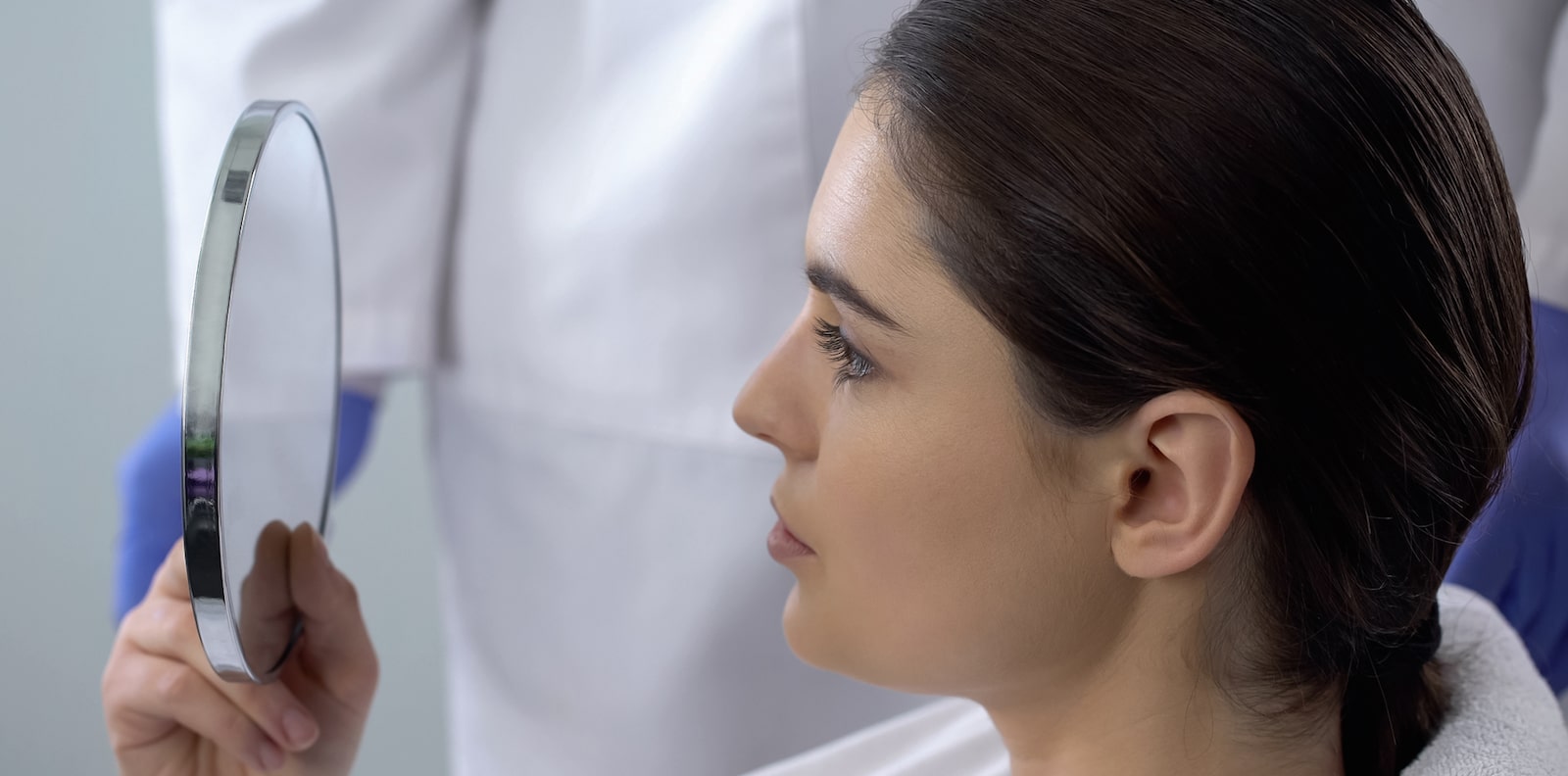
The nose is one of the most prominent parts of the human body and it is often the first facial feature that people notice when they are looking at the appearance of others. The nose helps to balance the features of the face and rhinoplasty can help a person gain a more aesthetically appealing appearance by changing the shape or size of the nose. In addition, the nose might need some functional changes in order for a patient to be able to breathe more easily. There might be some patients that are unaware of both the aesthetic and functional benefits that can be achieved through the use of rhinoplasty by a board-certified and experienced cosmetic surgeon. In order to help patients interested in undergoing rhinoplasty for either aesthetic or functional reasons better understand the way this cosmetic procedure can positively impact the appearance and function of the nose, let’s take an in-depth look at both the aesthetic benefits and functional benefits of rhinoplasty.
In general, rhinoplasty surgery, AKA a nose job, is the reshaping of nasal cartilage so the patient can enjoy the desired changes in the size, shape and look of the nose. Besides reshaping the nasal cartilage to make the desired changes, there are times when the surgeon needs to add cartilage to areas in the nose that are lacking in support. This rhinoplasty choice will prevent the tip from descending downward and having a “hook appearance” when a person is smiling.
The length of the surgery, along with the amount of changes to the bone and cartilage that needs to be performed, all depends on the type of final results desired by the patient. Depending on the amount of tissue in the nose that needs to be addressed by the surgeon, rhinoplasty can usually be performed in three or four hours by the cosmetic surgeon. Once the surgery is completed, a splint will be placed on the nose and it will remain there for around one week. After the splint is removed, the patient will be able to get a better view of the new appearance of the nose.
There are two main techniques used to perform rhinoplasty and they include the following:
Overall, patients can understand the difference between the two techniques by remembering which type of improvements that each technique is best suited for when it comes to the final results. Open rhinoplasty is better suited for patients that are looking to make dramatic changes in the appearance of the nose. Closed rhinoplasty is a better cosmetic surgery option for patients that hope to achieve changes in the look of the nose that are more minimal in nature such as a more refined tip.
As mentioned earlier in this article, rhinoplasty can be performed for cosmetic/aesthetic benefits as well as medical/functional benefits.
When it comes to the aesthetic benefits of rhinoplasty, the surgery can be performed to alter or change the look of the nose so it can appear smaller, more refined and not as wide in its appearance. For example, the nose can achieve a look that has smaller nostrils, a tip that is more refined also enjoy an alteration to the angle that is visible between the upper lip and the nose.
When it comes to the functional benefits of rhinoplasty, a cosmetic surgeon can make corrections to any issues with the bone or cartilage that make it difficult for patients to breathe. An example of this is septoplasty which corrects a deviated septum that causes nasal obstruction or general troubles with breathing through the nose. Rhinoplasty can also address any deformities or functional problems that have been caused by an injury or trauma that was experienced by the nose.
The first step in the rhinoplasty surgery process is scheduling an appointment with a board-certified surgeon that is experienced in providing results that are natural in appearance. The cosmetic surgeon will discuss the desired final results with the patient to determine the extent of the results that can be provided as well as the best technique to provide the desired final results. In addition, the surgeon will show the patient “before and after” photos of actual patients to give the person a better idea of the results that can be expected. It also gives the patient an opportunity to visualize different noses in order to make sure the desired results are best suited for the type of nose on the face of the patient. Once the surgeon and the patient are in agreement about the details of the surgery, the changes that will be made to the nose by rhinoplasty can be performed.
MA